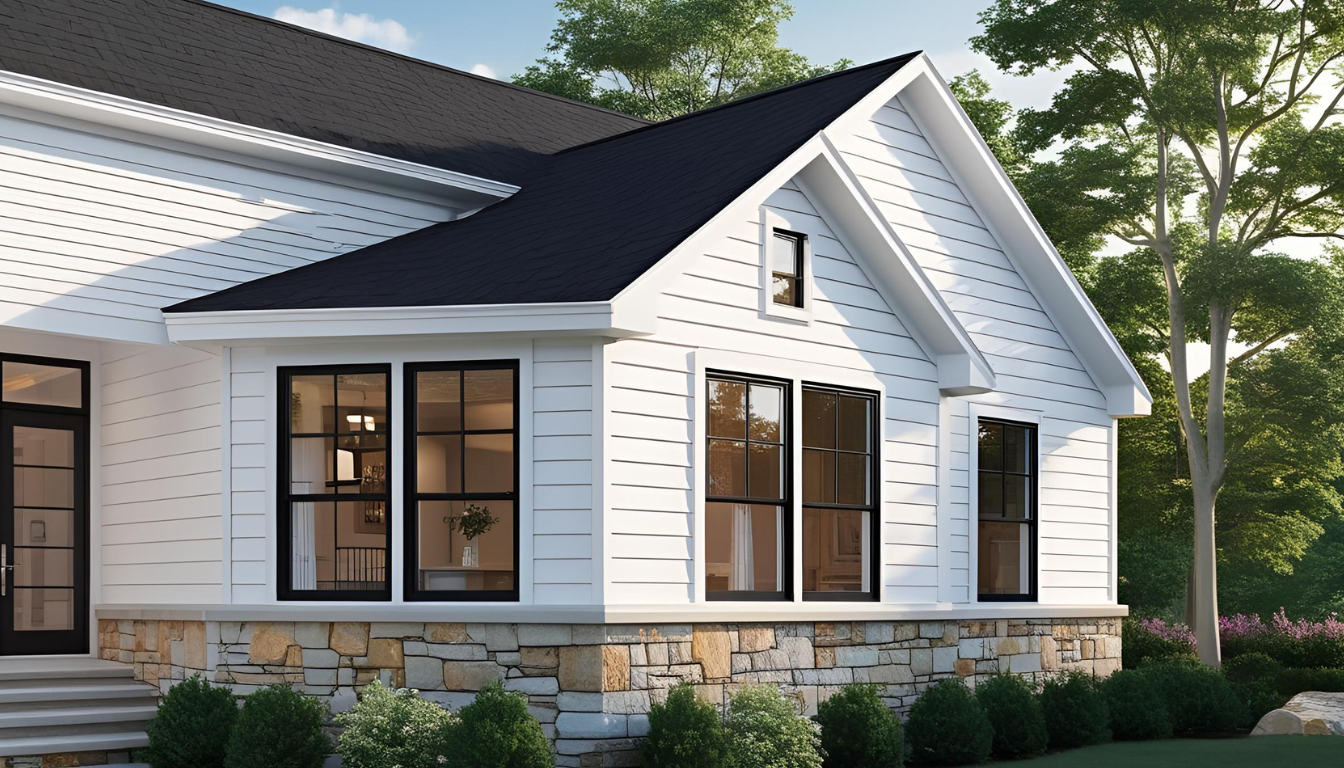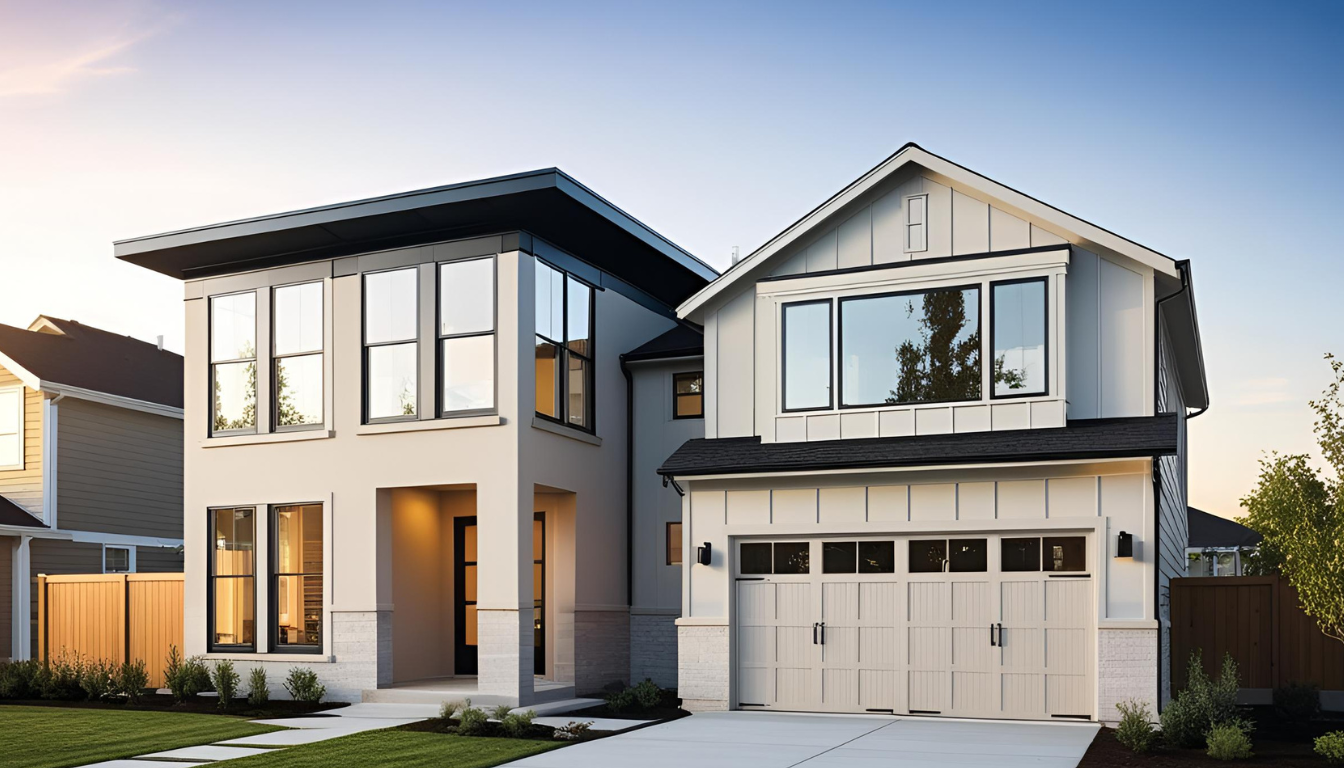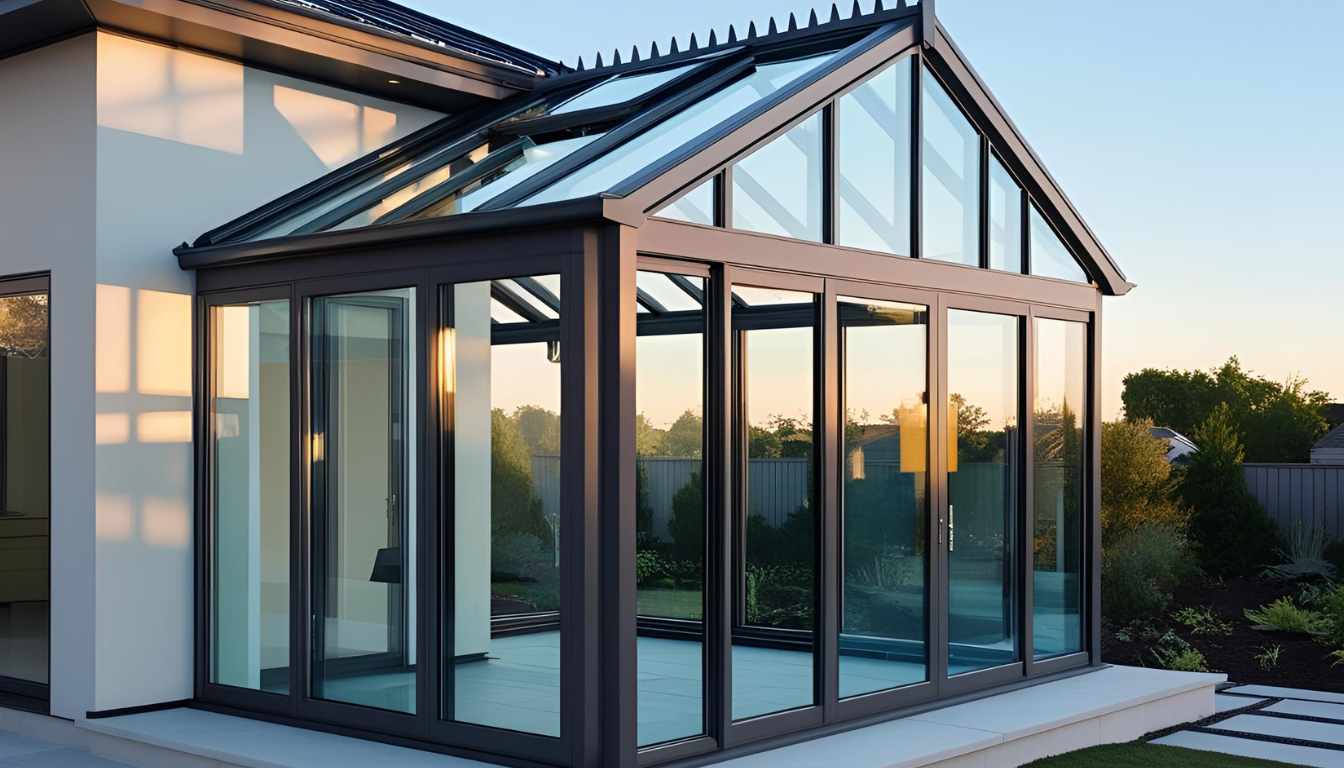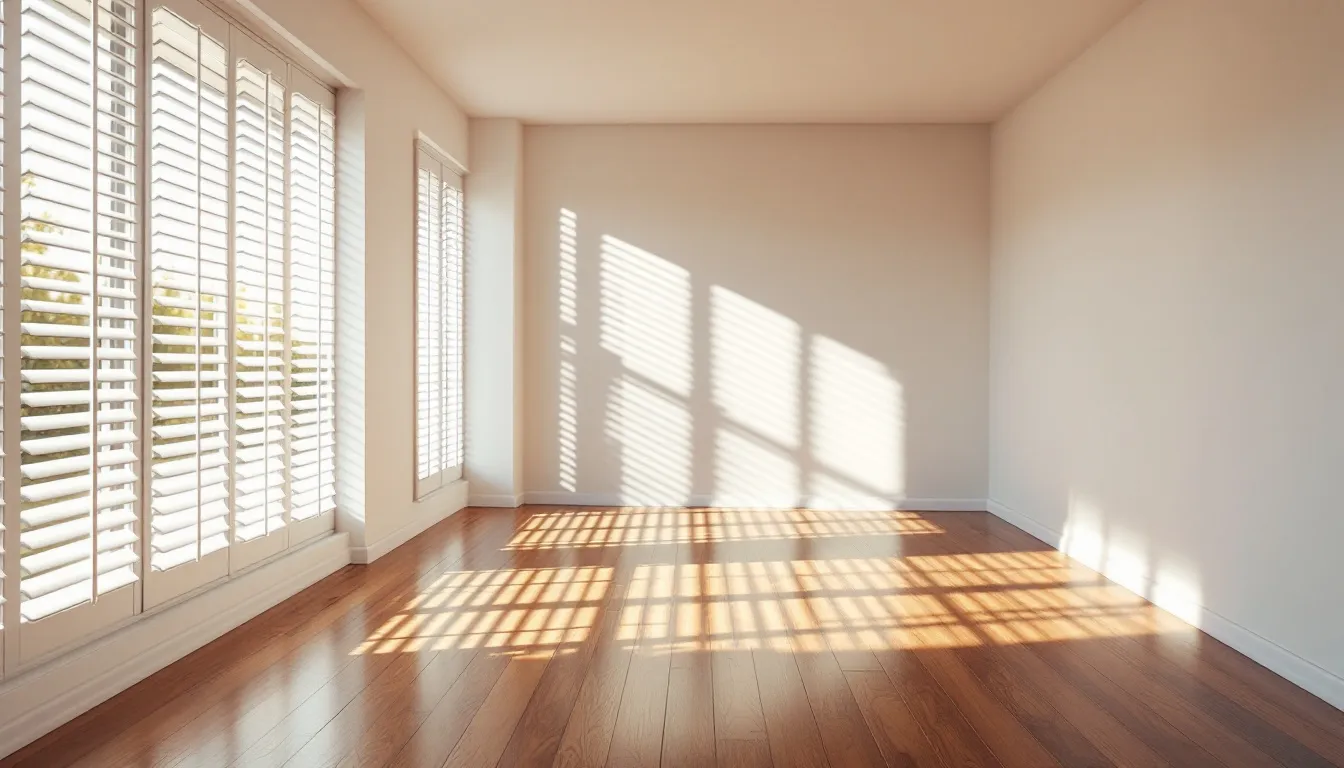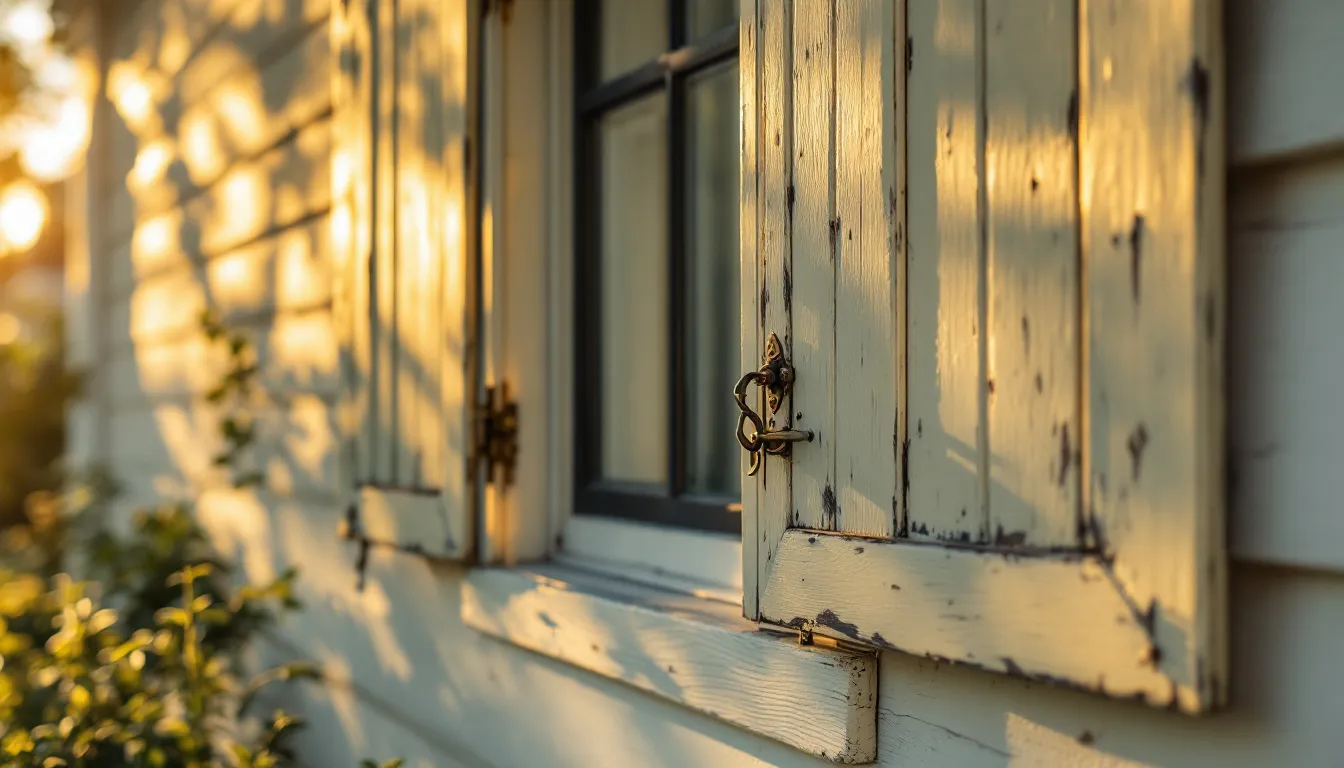Highlights
- Average costs range from $10,000-$43,000, with most projects around $27,000
- Price per square foot varies from $90-$300 based on room type and complexity
- Small bump-outs (2-4 feet) start at $1,800, while larger ones (8-15 feet) can reach $43,000
- Professional labor typically adds 10-20% to total project cost
- Building permits and foundation work are mandatory additional expenses
- Strategic timing and material selection can reduce costs by 10-30%
A bump-out addition typically costs between $10,000 and $43,000, with homeowners paying an average of $27,000 nationwide. The cost typically ranges from $90 to $300 per square foot, depending on the room type and project complexity. This smaller-scale home expansion can add valuable space to your existing room without the expense of a full addition.
Your final cost will depend on factors like room type, size, required utilities, and finishing choices. While kitchen and bathroom bump-outs tend to cost more due to plumbing needs, simpler projects like bedroom expansions usually fall on the lower end of the price range.
Understanding Bump-Out Addition Costs
Before diving into specific costs, it’s important to understand that a bump-out project adds extra space to your existing home without requiring a full-scale addition. These micro additions can dramatically improve your home’s functionality while being more cost-effective than traditional room additions.
Average Costs Nationwide
The national average cost for bump-out additions ranges from $10,000 to $43,000, with most homeowners spending around $27,000. This pricing reflects real world projects across different regions and includes basic labor costs, foundation work, and standard finishing. The total cost varies significantly based on your location, local building codes, and specific project requirements.
Cost Breakdown by Project Size:
- Small Projects (2-4 feet): $10,000 – $15,000
- Medium Projects (4-8 feet): $15,000 – $30,000
- Large Projects (8-15 feet): $30,000 – $43,000
Cost Per Square Foot
Square footage costs typically range from $90 to $300, depending on the complexity of your project. A two-foot bump out might cost less per square foot than larger bump outs due to simpler construction requirements. When adding square footage, consider that cantilevered bump outs (extending up to 24 inches without ground-level foundation) often cost less than those requiring new foundation walls.
Average Cost Per Square Foot by Structure Type:
- Basic bump out: $90-$150
- Mid-range with some utilities: $150-$225
- Luxury or complex: $225-$300
What’s Included in the Base Price
The base price typically covers essential mechanical installations, foundation work, and basic finishing. This includes concrete slab or crawl space construction, basic plumbing work, and standard electrical modifications like ceiling fan installation. The pricing data also accounts for necessary building permits and labor statistics-based contractor fees.
Cost Factors Based on Room Type
Each room type presents unique challenges and requirements that affect the final price. The existing structure’s condition and your desired room’s functionality play crucial roles in determining costs.
Kitchen Bump-Out Costs
Kitchen bump outs typically cost between $200-$300 per square foot due to complex mechanical installations. This higher price point accounts for additional plumbing work, electrical modifications, and specialized cabinetry. Many homeowners use this extra space for a breakfast nook or expanded food preparation area.
Typical Kitchen Bump-Out Features:
- Basic Extension: $15,000-$25,000
- With Full Utilities: $25,000-$35,000
- Luxury Finish: $35,000-$43,000
Bathroom Bump-Out Costs
Bathroom expansions range from $150-$250 per square foot, depending on bathroom size and amenities. These projects often require extensive plumbing work and waterproofing, increasing the total cost. The extra square footage typically accommodates features like walk-in closets or expanded shower areas.
Bathroom Core Cost Elements:
- Small Extension: $12,000-$20,000
- Medium Size: $20,000-$30,000
- Large/Luxury: $30,000-$40,000
Bedroom Bump-Out Costs
Bedroom expansions are generally more straightforward, costing $90-$200 per square foot. Without complex mechanical installations, these projects focus on creating more living space and improving the room’s functionality. The new space often provides room for additional furniture or a cozy reading area.
Living Room Bump-Out Costs
Living room extensions typically cost $100-$200 per square foot, focusing on enhancing visual appeal and creating additional living space. These projects often include large windows and may incorporate features that increase property value and long-term value, such as built-in storage or entertainment centers.
Size-Based Pricing Guide
The cost of your bump out project largely depends on the size of the addition. Understanding size-based pricing helps homeowners make informed decisions about how much extra space they need while staying within budget. Real world projects show that even small additions can significantly improve a room’s functionality.
Small Bump-Out Costs (2-4 feet)
A two foot bump out represents the most economical option, particularly when using cantilevered construction. These micro additions typically cost between $1,800 and $6,000, depending on the existing structure and required finishing. Small bump outs work well for creating space for a breakfast nook or expanding a walk in closet.
Size-Based Cost Overview:
- Basic Structure: $90-150 per square foot
- Mid-range Finishes: $150-200 per square foot
- Premium Materials: $200-300 per square foot
Medium Bump-Out Costs (4-8 feet)
Medium-sized projects require more substantial foundation work and often involve ground level foundation construction. Costing between $6,000 and $15,000, these additions provide enough extra square footage to notably increase property value. They’re popular for bathroom size increases or creating additional living space.
Large Bump-Out Costs (8-15 feet)
Larger bump outs, while still more affordable than full scale additions, require extensive foundation walls and often include mechanical installations. These projects typically range from $15,000 to $43,000 and significantly impact the home’s functionality. They’re ideal for major room additions like expanding a laundry room or creating a substantial breakfast nook.
Professional Labor Costs
Labor costs represent a significant portion of your bump out project budget. According to current labor statistics, professional installation ensures compliance with local building codes and proper integration with your existing home. Getting free quotes normal range estimates from multiple contractors helps save money.
General Contractor Fees
General contractors typically charge 10-20% of the total project cost for overseeing the work. This includes managing the project scope, ensuring compliance with local regulations, and coordinating between different trades. Their expertise helps complete the space sooner and maintain visual appeal throughout construction.
Labor Cost Breakdown by Professional:
- General Contractor: 10-20% of project cost
- Skilled Labor: $50-85 per hour
- Project Management: $75-125 per hour
- Design Services: $50-150 per hour
Plumbing Installation Costs
When your bump out depends on new plumbing work, expect to pay between $45 and $200 per hour for professional installation. This includes modifying existing foundation plumbing and adding new fixtures. Most bump outs requiring plumbing take longer to complete and need careful integration with the existing structure.
Electrical Work Expenses
Electrical modifications cost between $50 and $100 per hour, covering everything from basic ceiling fan installation to comprehensive rewiring. The final price varies based on the complexity of integrating new electrical systems with your existing home’s wiring and meeting current building codes.
HVAC Modification Costs
Heating and cooling modifications typically cost $500 to $2,000 for bump out additions. This includes extending ductwork and ensuring proper climate control in the new space. Most bump out additions require some level of HVAC adaptation to maintain comfortable living space throughout the year.
Additional Cost Considerations
Beyond basic construction costs, several additional factors affect your bump out project’s final price. Understanding these expenses helps create a more accurate budget for adding square footage to your existing home while maintaining its visual appeal and long-term value.
Building Permits and Inspection Fees
Local building codes require permits for most bump out additions, with costs varying by location and project scope. These fees typically range from $460 to $2,900, depending on local regulations and the complexity of your project. Proper permitting ensures your new space meets safety standards and maintains resale value.
Additional Cost Elements Table:
- Basic Permits: $460-$800
- Complex Permits: $800-$2,900
- Inspection Fees: $200-$500 per visit
- Plan Review: $300-$700
Foundation Expenses
Foundation work represents a significant cost, especially for larger bump outs that can’t use cantilevered construction. Whether you need a concrete slab, foundation walls, or crawl space, costs typically range from $4 to $16 per square foot. The existing foundation condition and ground level foundation requirements influence the final price.
Interior Finishing Costs
Interior finishes transform your bump out project from a basic structure into functional living space. Costs vary based on materials and room’s functionality, whether you’re creating a walk in closet or expanding a laundry room. Quality finishing ensures your addition integrates seamlessly with your existing house.
Exterior Finishing Costs
Exterior work must match your existing home while providing proper protection from the elements. This includes siding ($3-11 per linear foot), roofing materials, and ensuring proper mechanical installations for long-term durability. Most bump outs require careful attention to exterior details for consistent visual appeal.
Window and Door Installation
Adding windows and doors to your bump out depends on the project scope and desired functionality. Windows cost $575-$1,500 each, while doors range from $300-$2,000, including installation. These elements significantly impact both home value and the space’s usability.
Ways to Save Money on Your Bump-Out Project
Careful planning and strategic decisions can help reduce costs without compromising quality. Real world projects show that homeowners can save 10-30% through proper timing and material choices while still achieving excellent results for their bump out addition pros.
Cost-Cutting Tips and Strategies
Smart planning helps maximize your budget when adding extra square footage. Getting multiple free quotes normal range estimates helps identify fair pricing, while understanding labor statistics helps negotiate better rates. Consider a small bump out or micro additions if full scale addition costs exceed your budget.
Money-Saving Strategies Overview:
- Design Optimization: 5-15% savings
- Material Selection: 10-20% savings
- Timing Considerations: 8-12% savings
- Labor Management: 10-15% savings
Timing Your Project Right
Scheduling your bump out project during off-peak seasons can reduce total cost significantly. Many contractors offer better rates during slower periods, and material prices often fluctuate seasonally. Planning ahead helps ensure you get more space sooner while staying within budget.
Material Selection Guide
Choosing materials wisely impacts both initial costs and property value. While premium materials increase home’s functionality and bump out worth, middle-grade options often provide excellent durability at lower prices. Focus on materials that offer the best balance of cost, durability, and visual appeal for your specific project needs.
